The greenhouse effect keeps the temperatures on our planet mild and suitable for living things Greenhouse gases (GHG) include carbon dioxide, water vapor, methane, ozone, nitrous oxide and fluorinated gases These molecules in our atmosphere are called greenhouse gasesOf the greenhouse gases, carbon dioxide (CO 2) is the most prominent Sources of atmospheric CO 2 include volcanoes, the combustion and decay of organic matter, respiration by aerobic (oxygenusing) organisms, and the burning of fossil fuels, clearing of land, and production of cement by humans These sources are balanced, on average, by a setThe answer may not be as clear as one might assume, because the top emitters change depending on how the data is collected and what

Greenhouse Effect Wikipedia
Greenhouse gases absorb radiation from the
Greenhouse gases absorb radiation from the- Greenhouse gases are gases in the Earth's atmosphere that produce the greenhouse effect Changes in the concentration of certain greenhouse gases, from human activity (such as burning fossil fuels), increase the risk of global climate change Greenhouse gases include water vapor, carbon dioxide (CO 2 ), methane, nitrous oxide, halogenated Greenhouse gases are gases in Earth's atmosphere that trap heat They let sunlight pass through the atmosphere, but they prevent the heat that the sunlight brings from leaving the atmosphere The main greenhouse gases are Water vapor;




Greenhouse Effect Top 3 Advantages And Disadvantages
The greenhouse effect happens when certain gases—known as greenhouse gas es—collect in Earth's atmosphere These gases, which occur naturally in the atmosphere, include carbon dioxide, methane, nitrogen oxide, and fluorinate d gases sometimes known as chlorofluorocarbons (CFCs)Greenhouse Gases Greenhouse gases trap heat in the atmosphere, which makes the Earth warmer People are adding several types of greenhouse gases to the atmosphere, and each gas's effect on climate change depends on three main factorsCarbon dioxide (CO 2) is the most important greenhouse gas, but not the only one – gases such as methane and nitrous oxide are also a driver of global warming Carbon dioxideequivalents (CO 2 eq) try to sum all of the warming impacts of the different greenhouse gases together in order to give a single measure of total greenhouse gas emissions
The term "greenhouse gases," or GHGs, covers a wide variety of gases that, once they are released into the atmosphere, trap the sun's heat When the sun's energy reaches the Earth's atmosphere, some of it is reflected back to space and the rest is absorbed and trapped in the lower atmosphere, heating the Earth Aside from water vapour, the four principal greenhouse gases are carbon dioxide (CO2), methane (CH4), nitrous oxide (N2O) and the halocarbons or CFCs (gases containing fluorine, chlorine and bromine)Since the Industrial Revolution, rising emissions of greenhouse gases—including carbon dioxide, methane, nitrous oxide, and others—have been the driving force behind climate change Who is responsible for emitting the most greenhouse gases?
Greenhouse gases are gases—like carbon dioxide (CO 2), methane, and nitrous oxide—that keep the Earth warmer than it would be without them The reason they warm the Earth has to do with the way energy enters and leaves our atmosphere When energy from the sun first reaches us, it does so mainly as lightMultiple gases contribute to the greenhouse effect that sets Earth's temperature over geologic time Small changes in the atmospheric concentration of these gases can lead to changes in temperature that make the difference between ice ages when mastodons roamed the Earth, and the sweltering heat in which the dinosaurs lived These gases are known as greenhouse gases Below are the most important greenhouse gases that influence Earth's climate system Water vapor (H2O) is the strongest greenhouse gas, and the concentration of this gas is largely controlled by the temperature of the atmosphere As air becomes warmer, it can hold more moisture or water vapor
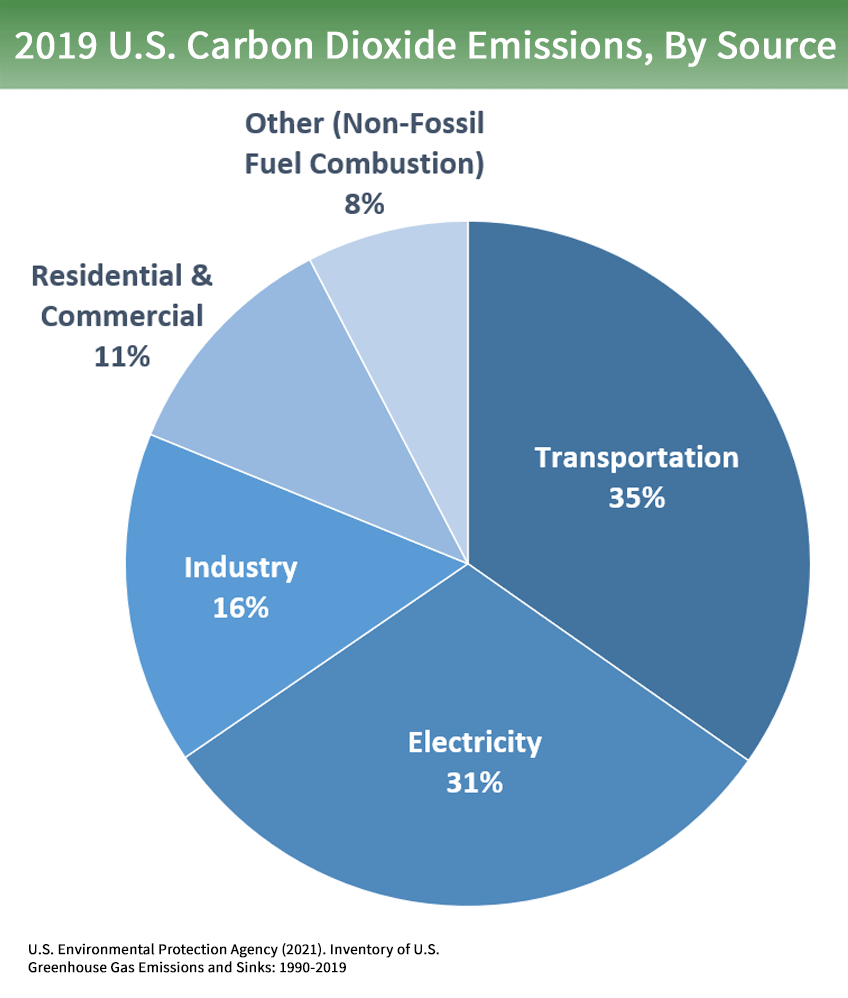



Overview Of Greenhouse Gases Us Epa




15 Sources Of Greenhouse Gases
Carbon dioxide Water Vapour Methane Ozone Nitrous oxide Chlorofluorocarbons Greenhouse gases Sources As greenhouse gases are essential for the existence of life, they are present in the atmosphere in a trace amount Natural sources of GHGs are volcanos, respiration by living organisms, decay and combustion of organic matter, etcGreenhouse gas, any gas that has the property of absorbing infrared radiation (net heat energy) emitted from Earth's surface and reradiating it back to Earth's surface, thus contributing to the greenhouse effect Carbon dioxide, methane, and waterThe ordinance shall provide canopy credits of one and onehalf the area normally projected for trees planted to absorb or intercept air pollutants, tree species that produce lower levels of reactive volatile organic compounds, or trees that act to reduce air pollution or greenhouse gas emissions by conserving the energy used to cool and heat




Greenhouse Effect Top 3 Advantages And Disadvantages




France Greenhouse Gas Emissions Decreased By 16 9 From 1990 Levels Climate Scorecard
Greenhouse gases include water vapour, carbon dioxide, methane, nitrous oxide, ozone and some artificial chemicals such as chlorofluorocarbons (CFCs) The absorbed energy warms the atmosphere and the surface of the Earth Greenhouse gases include carbon dioxide, methane, and nitrous oxides Scientists have determined that carbon dioxide's warming effect helps stabilize Earth's atmosphere Remove carbon dioxide, and the terrestrial greenhouse effect would collapse Without carbon dioxide, Earth's surface would be some 33 °C (59 °F) coolerCarbon dioxide (CO 2) makes up the vast majority of greenhouse gas emissions from the sector, but smaller amounts of methane (CH 4) and nitrous oxide (N 2 O) are also emitted These gases are released during the combustion of fossil fuels, such as coal, oil, and natural gas, to
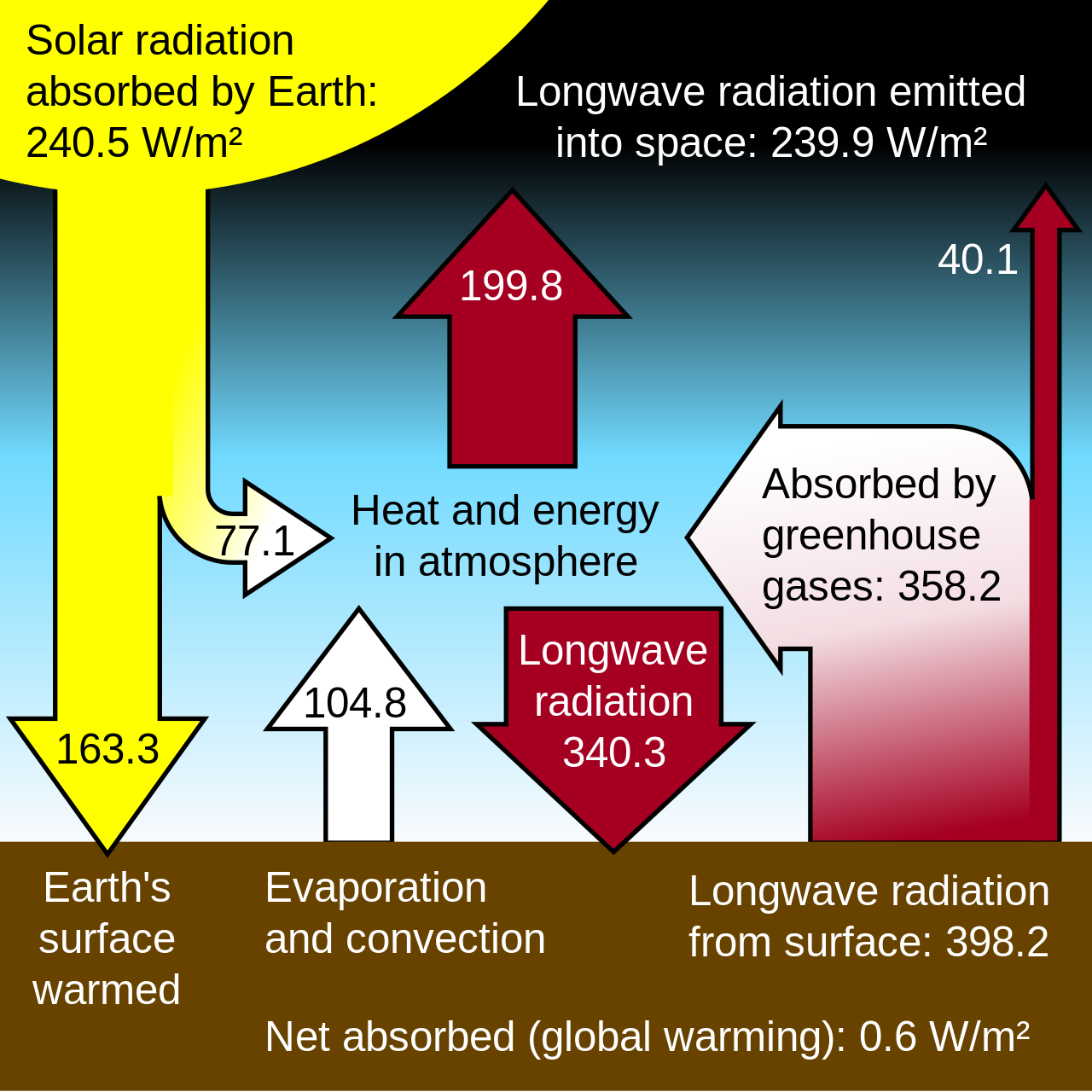



File Greenhouse Effect Svg Wikimedia Commons



1
Virginia ranks third in the nation, after Colorado and New Mexico, in coalbed methane proved reserves, and two Virginia coalbed methane fields, Oakwood and Nora, are ranked among the top 100 natural gas fields in the United States The ports in Virginia's Norfolk Customs District processed about 35% of US coal exports in 19, making it theMethodologies for Addressing the Issue Greenhouse gases are emitted from the soil, belowground roots, and soilemergent plant structures, while CO 2 is taken up by photosynthetic tissue The scale selected for greenhouse gas assessments matter tremendously We use a suite of approaches to assess greenhouse gas fluxes, including dark staticThese "greenhouse gases" allow the sun's rays to pass through and warm the planet but prevent this warmth from escaping the atmosphere into space Without them, Earth would be too cold to sustain life as we know it When we talk about greenhouse gases, we're referring to carbon dioxide, methane, nitrous oxide, hydrofluorocarbons, perfluorocarbons and sulphur hexafluoride




Banning The Super Greenhouse Gas Environment All Topics From Climate Change To Conservation Dw 17 10 16
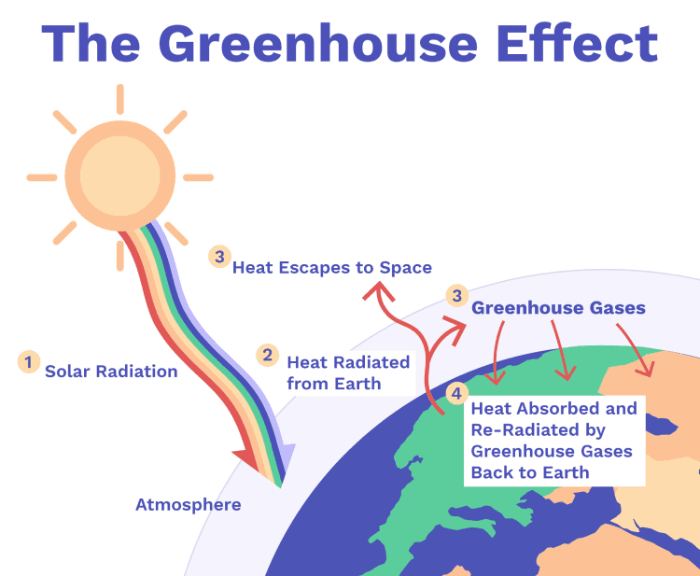



Greenhouse Effect How Does Climate Change Work
What are "greenhouse gases?" The transparent windows of a greenhouse (or a car parked in the sunlight) transmit the warming visible rays of the sun, prevent the resulting warm air from leaving, and hence maintain a warmer environment inside than outside the structure Scientists attribute the global warming trend observed since the mid th century to the human expansion of the "greenhouse effect" 1 — warming that results when the atmosphere traps heat radiating from Earth toward space Certain gases in the atmosphere block heat from escaping Longlived gases that remain semipermanently in the atmosphere and do not respond Some of the greenhouse gases in the atmosphere are caused by humans Whenever we burn anything, such as— gasoline in our cars and trucks, jet fuel in our planes, coal in our factories or powerplants, trees to clear the land for farming —we pollute our atmosphere with carbon dioxide and carbon monoxide Although carbon monoxide does not
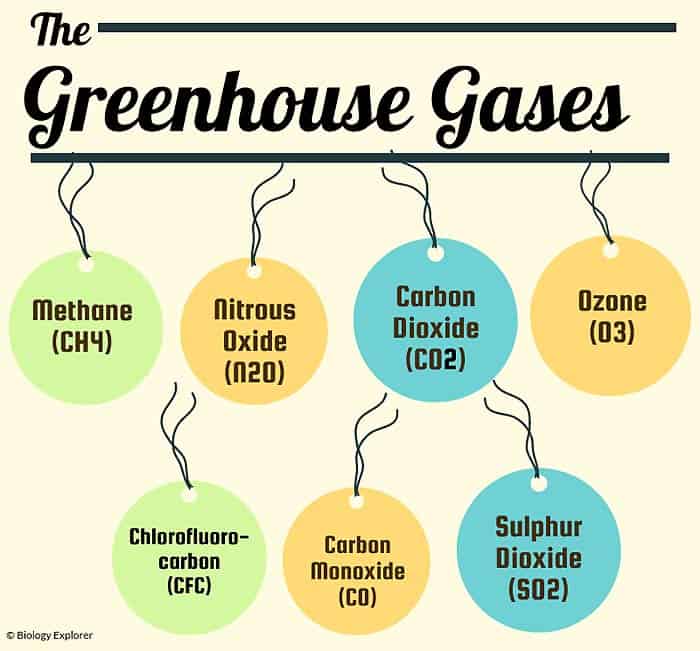



Types Of Greenhouse Gases Definition And Effects On Climate Change
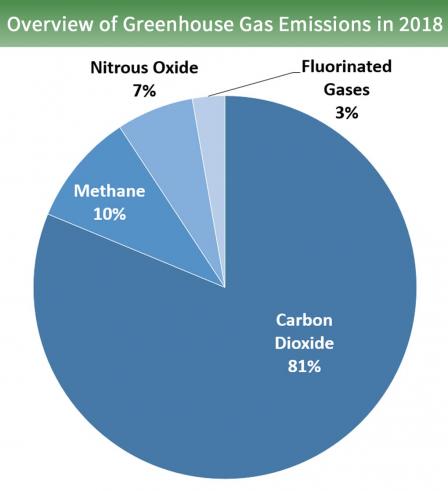



Overview Of Greenhouse Gases Greenhouse Gas Ghg Emissions Us Epa
Virginia had supported Obama's Clean Power Plan and had contemplated joining the East Coast's Regional Greenhouse Gas Initiative, which includes neighbor Maryland and eight other states, as part A greenhouse gas is any gaseous compound in the atmosphere that is capable of absorbing infrared radiation, thereby trapping and holding heat inGreenhouse gas emissions are greenhouse gases vented to the Earth's atmosphere because of humans the greenhouse effect of their 50 billion tons a year causes climate changeMost is carbon dioxide from burning fossil fuels coal, oil, and natural gas The largest polluters include coal in China and large oil and gas companies, many stateowned by OPEC and Russia




Greenhouse Gases Science And Technology Wiley Online Library




Greenhouse Gases What Are They What Can We Do To Reduce Emissions
Greenhouse Gas Concentrations In Highest Ever Recorded Scientists said the concentration of carbon dioxide, which contributes to climate change, is the highest in data going back 800,000Any of various gaseous compounds (such as carbon dioxide or methane) that absorb infrared radiation, trap heat in the atmosphere, and contribute to the greenhouse effect Water vapor is an important gas for the study of climate and weather because of its role as a natural greenhouse gas as well as its relationship to clouds and precipitation The 'greenhouse effect' is the warming of climate that results when the atmosphere traps heat radiating from Earth toward space Certain gases in the atmosphere resemble glass in a greenhouse, allowing sunlight to pass into the 'greenhouse,' but blocking Earth's heat from escaping into space The gases that contribute to the greenhouse effect




Greenhouse Gas Reduction
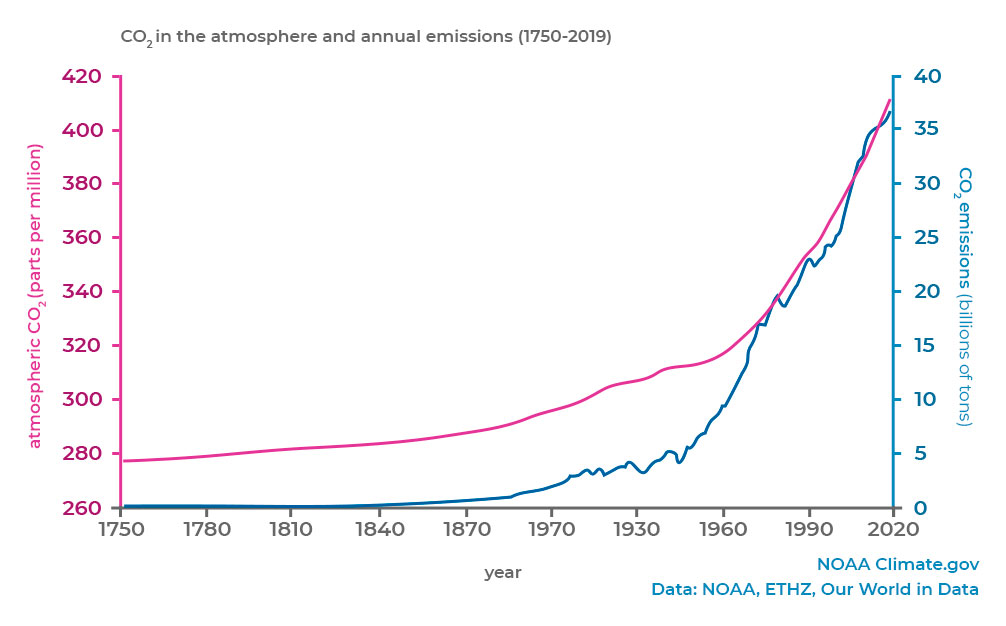



Greenhouse Gas Emissions In Agriculture Proterra Foundation
The greenhouse effect happens when certain gases, which are known as greenhouse gases, accumulate in Earth's atmosphereGreenhouse gases include carbon dioxide (CO 2), methane (CH 4), nitrous oxide (N 2 O), ozone (O 3), and fluorinated gases Greenhouse gases allow the sun's light to shine onto Earth's surface, and then the gases, such as ozone,Many greenhouse gases occur naturally in the atmosphere, such as carbon dioxide, methane, water vapor, and nitrous oxide, while others are synthetic Those that are manmade include the chlorofluorocarbons (CFCs), hydrofluorocarbons (HFCs) and Perfluorocarbons (PFCs), as well as sulfur hexafluoride (SF 6 ) Atmospheric concentrations of bothAs a greenhouse gas, the higher concentration of water vapor is then able to absorb more thermal infrared energy radiated from the Earth, thus further warming the atmosphere The warmer atmosphere can then hold more water vapor and so on and so on This is referred to as a



Gmd The Shared Socio Economic Pathway Ssp Greenhouse Gas Concentrations And Their Extensions To 2500




Impact Of Snow On Soil Greenhouse Gases
Like other gases in the atmosphere, including oxygen and nitrogen, greenhouse gases are largely transparent to incoming sunlight Unlike those more abundant gases though, greenhouse gases are not transparent to heat (longwave infrared radiation) The sunwarmed surface of Earth radiates heat day and nightGreenhouse gases in the atmosphere absorb heat energy and prevent it escaping into space This keeps the Earth warmer than it would be without these gases Greenhouse gases are not a




15 Sources Of Greenhouse Gases




The Issue Of Agriculture And Greenhouse Gas Emissions




Carbon Dioxide In The Atmosphere Is At A Record High Here S What You Need To Know




Human Activity Caused The Long Term Growth Of Greenhouse Gas Methane



Co And Greenhouse Gas Emissions Our World In Data




Textbook Representation Of The Greenhouse Effect Greenhouse Gas Layer Download Scientific Diagram
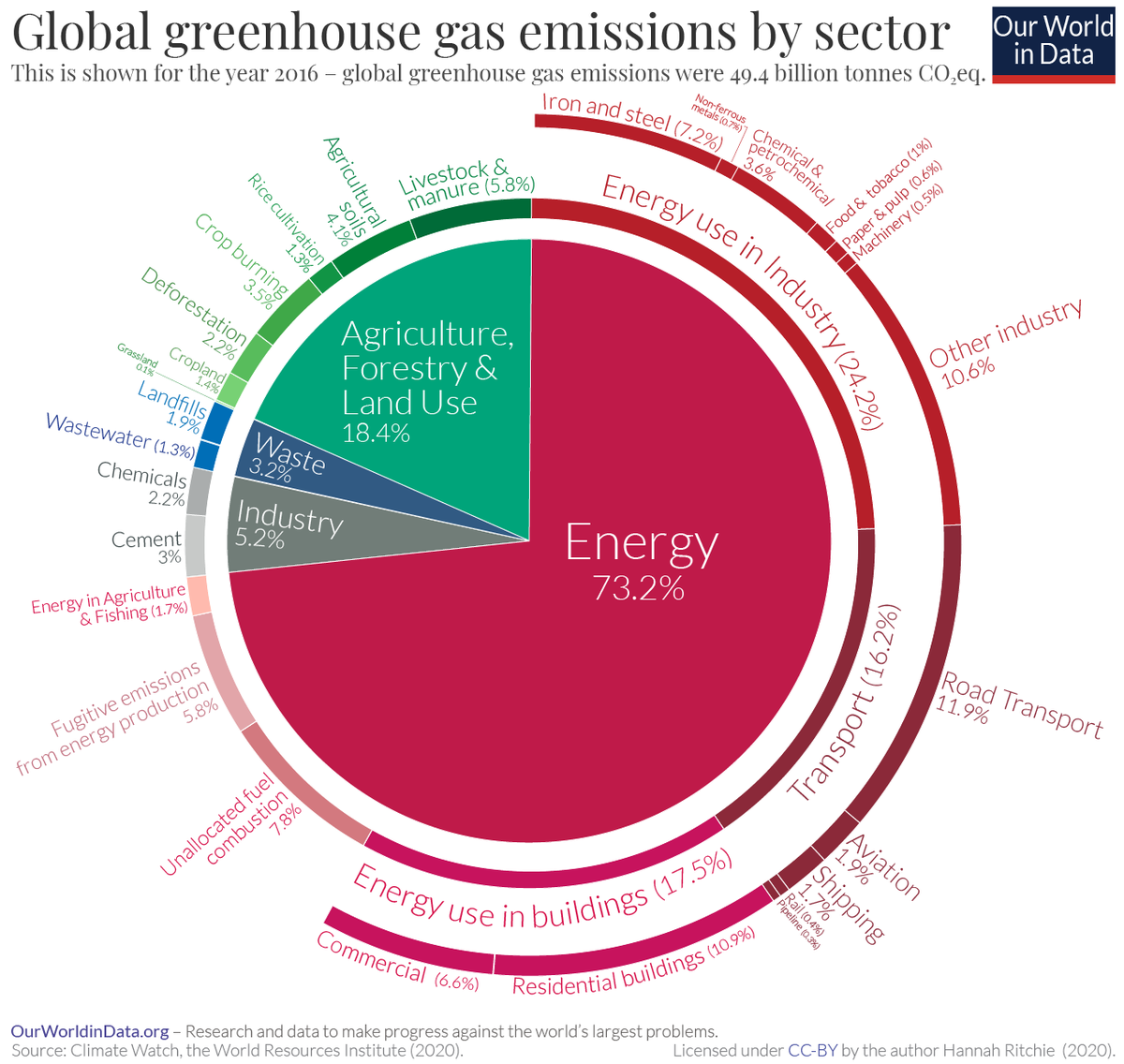



A Global Breakdown Of Greenhouse Gas Emissions By Sector




What S The Deal With Greenhouse Gases Emissions And The Environment Futurelearn




Greenhouse Gas Wikipedia
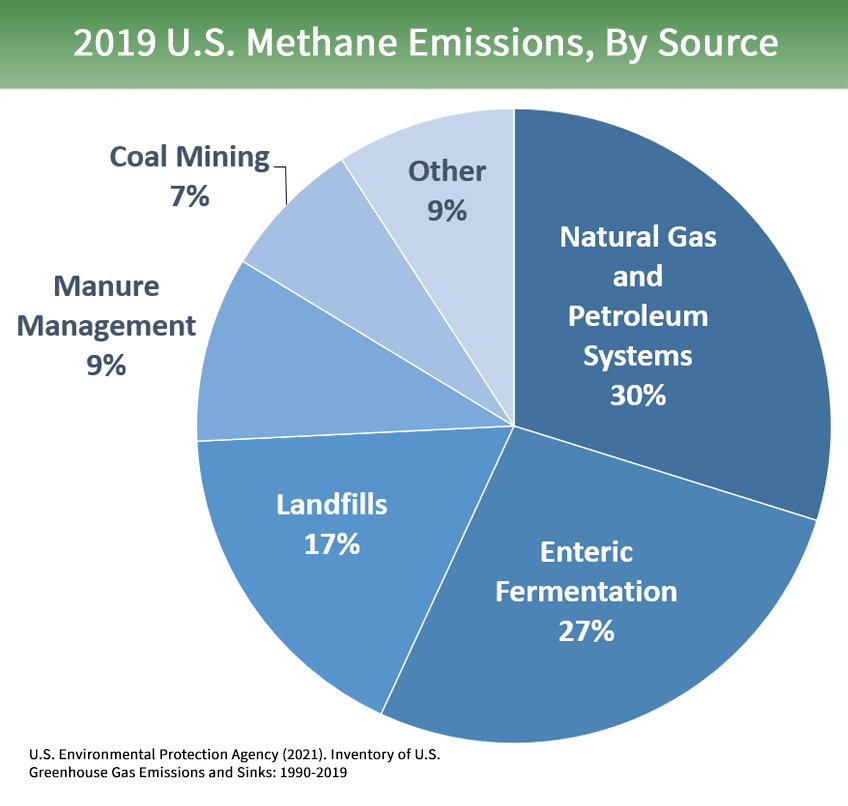



Overview Of Greenhouse Gases Us Epa
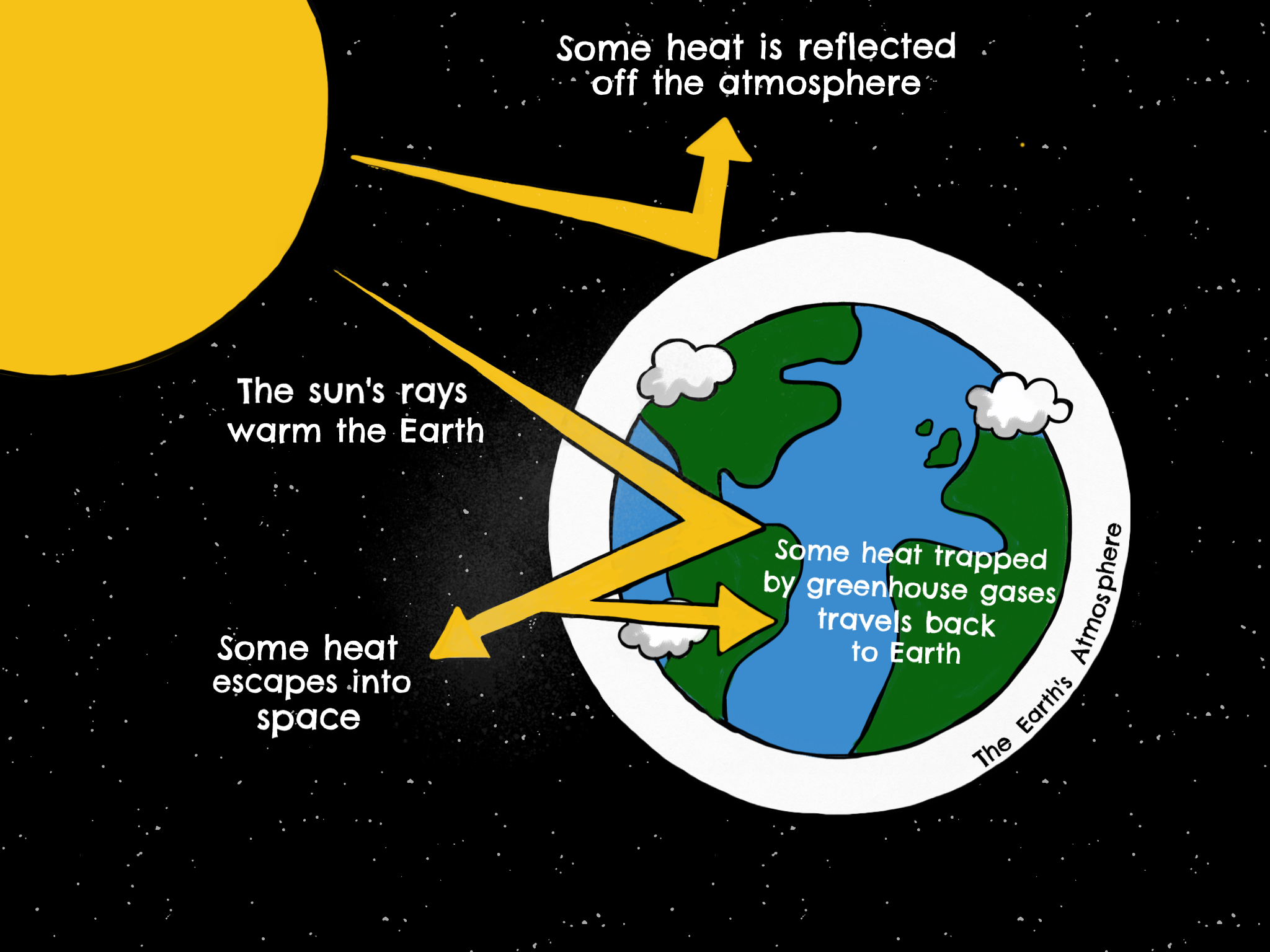



Introduction To Greenhouse Gases And Climate Change




How Do Greenhouse Gases Actually Work Youtube
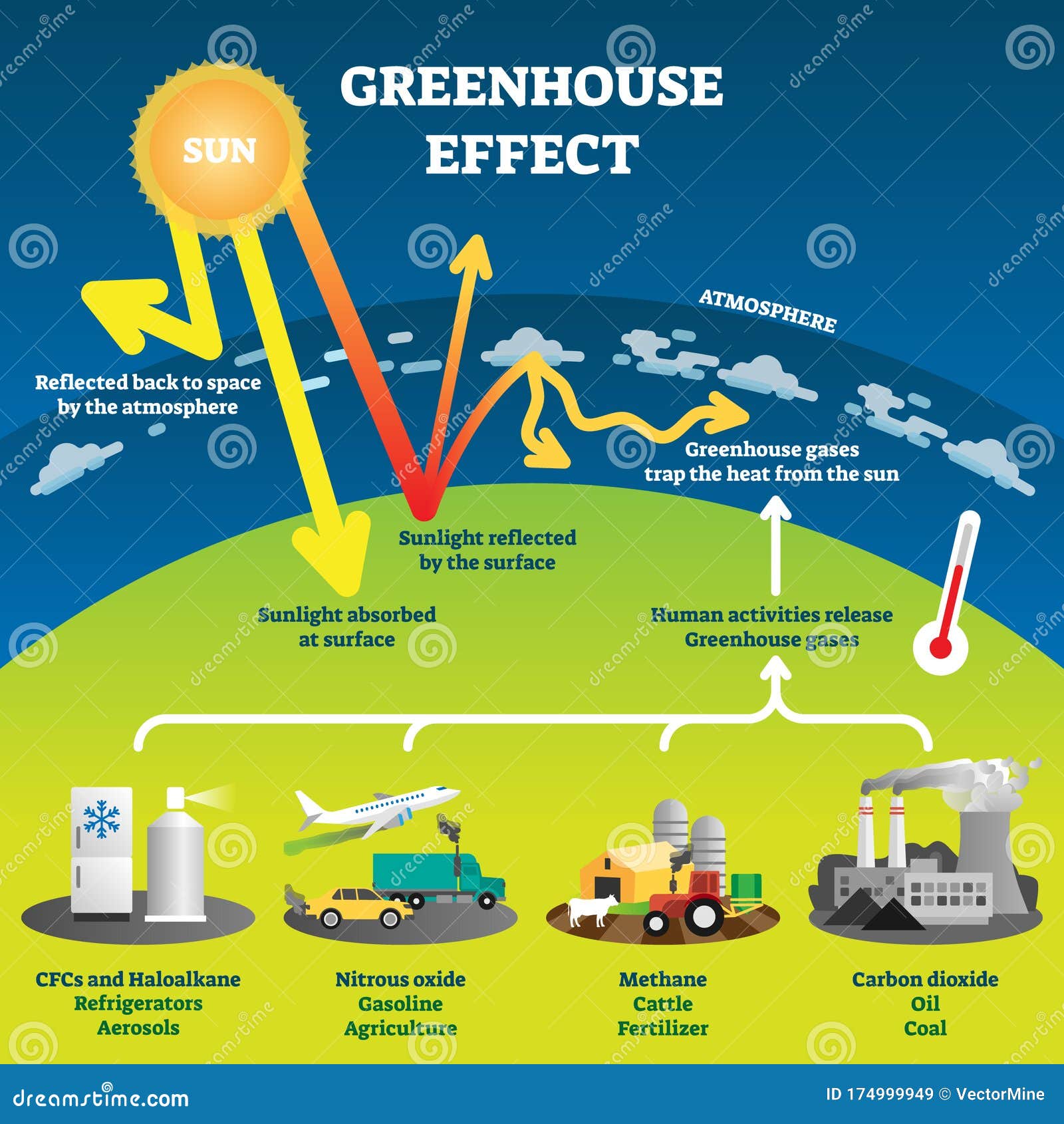



Greenhouse Effect Vector Illustration Diagram Stock Vector Illustration Of Design Emission



1



Greenhouse Gas Emissions Our World In Data




Faq 1 3 Ar4 Wgi Chapter 1 Historical Overview Of Climate Change Science
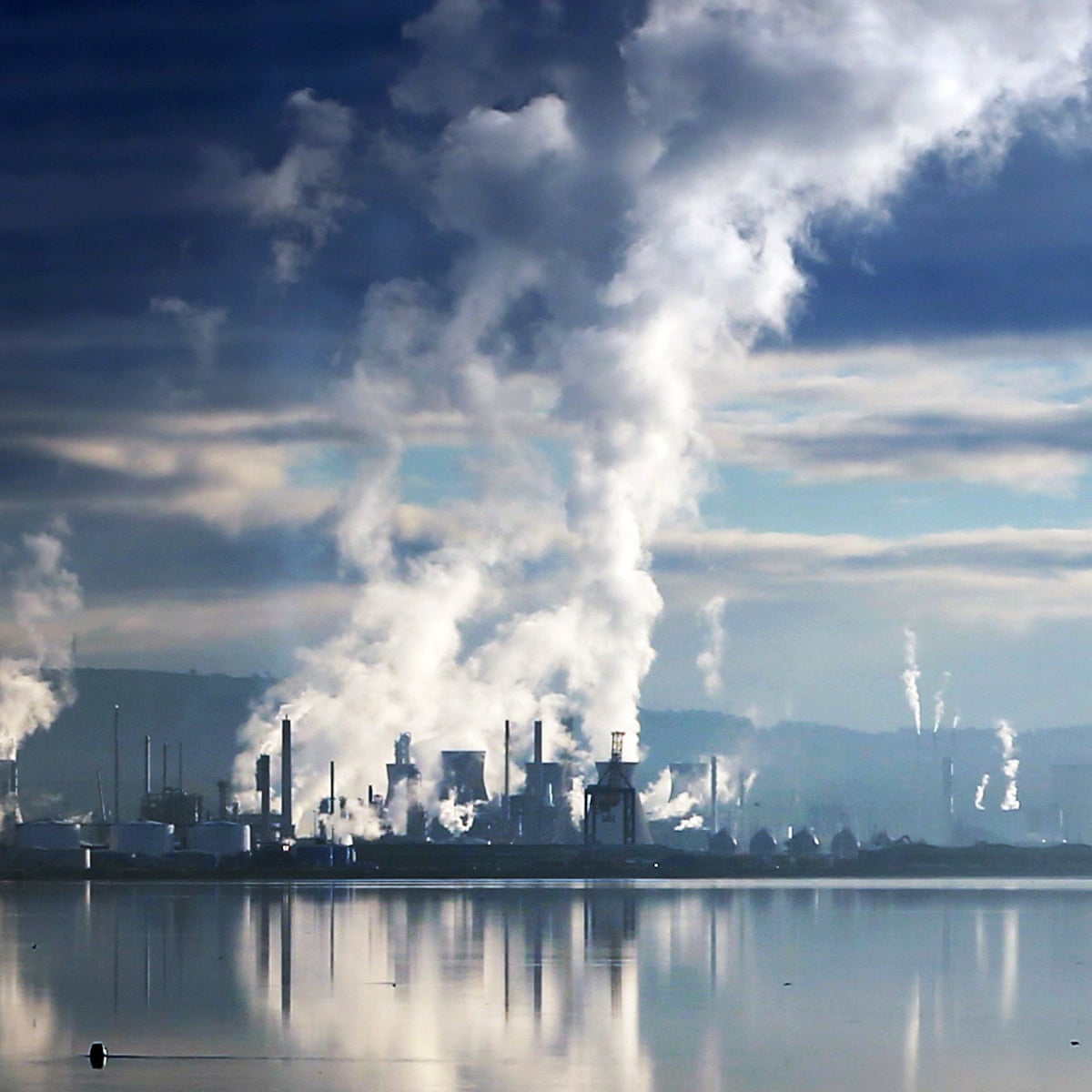



Greenhouse Gas Emissions In Uk Fell 3 In 18 Official Figures Show Greenhouse Gas Emissions The Guardian
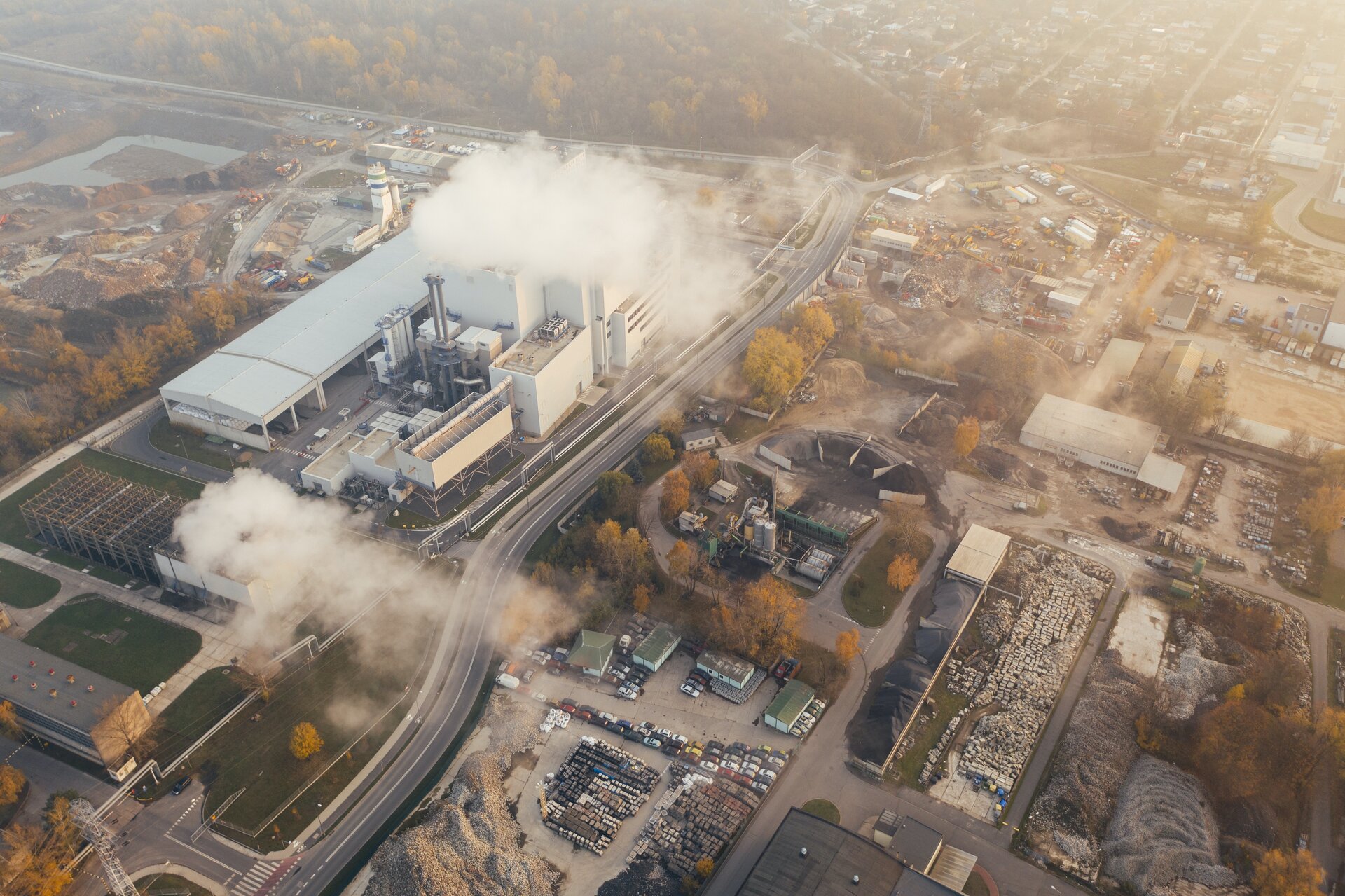



Esa Satellites Providing Clear Picture Of Greenhouse Gases




Greenhouse Gases Are Components Of The Atmosphere That Contribute To The Greenhouse Effect
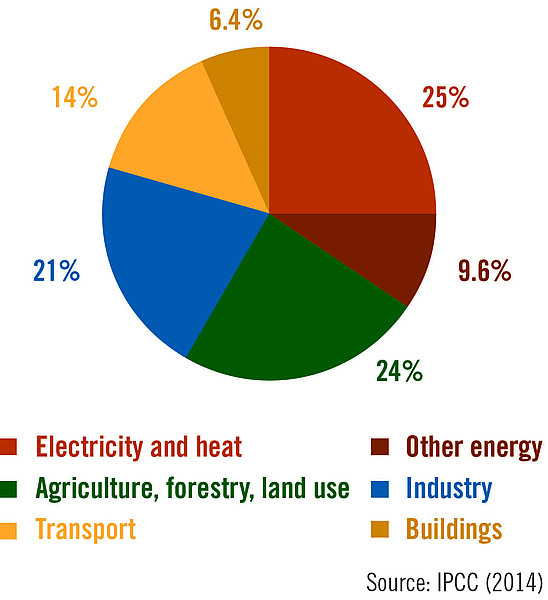



Climate And Energy
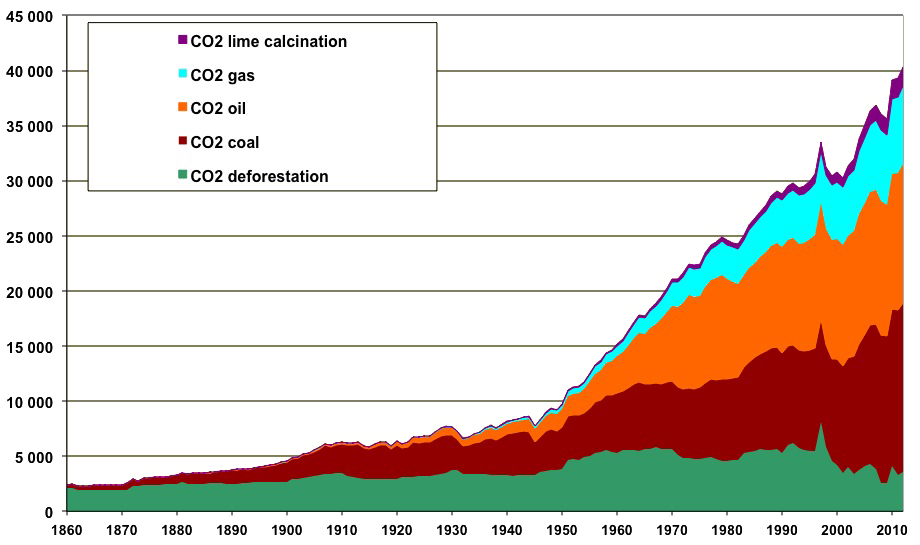



How Do Greenhouse Gas Emissions Presently Evolve Jean Marc Jancovici
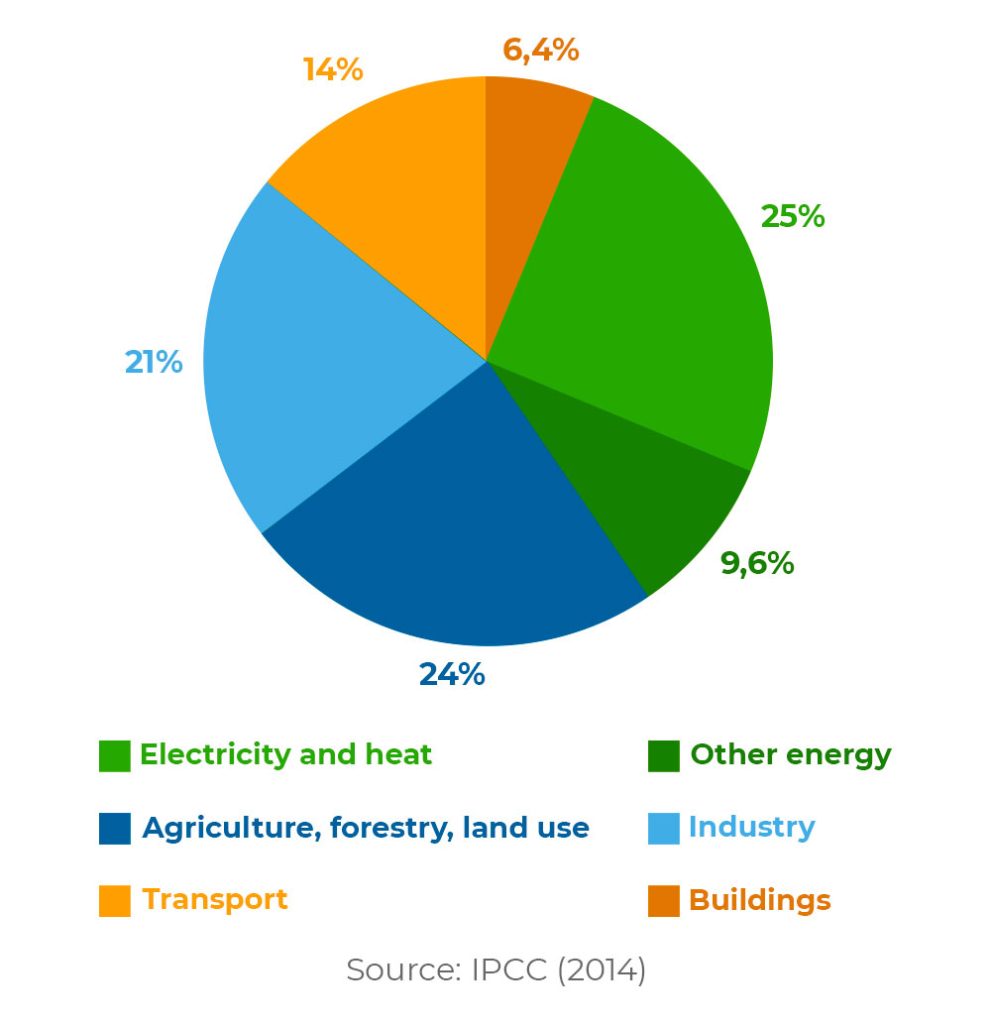



Greenhouse Gas Emissions In Agriculture Proterra Foundation
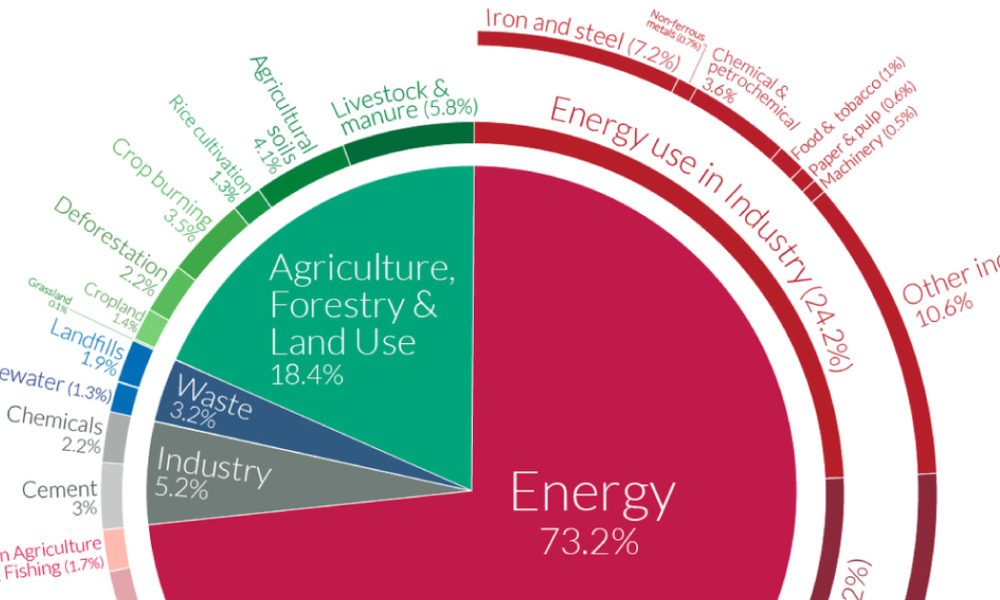



A Global Breakdown Of Greenhouse Gas Emissions By Sector




Greenhouse Gases Copernicus




Greenhouse Gases Copernicus




Germany S Greenhouse Gas Emissions And Energy Transition Targets Clean Energy Wire




Greenhouse Effect Wikipedia




Rescue Resource Efficient Pathways To Greenhouse Gas Neutrality Umweltbundesamt
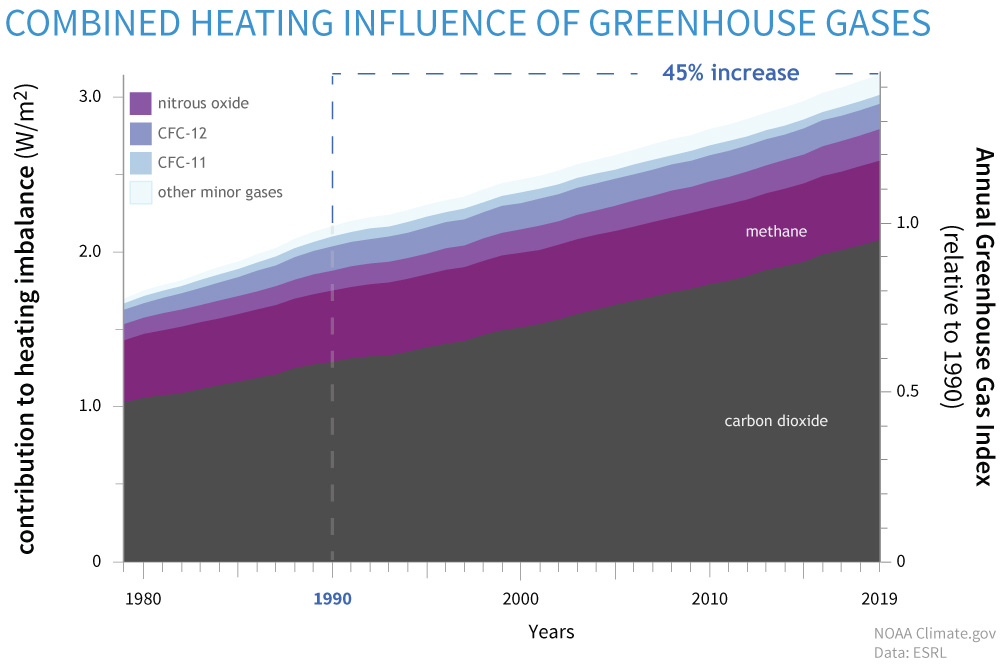



Climate Change Annual Greenhouse Gas Index Noaa Climate Gov




Greenhouse Gases The Australian Museum




Uk Business Sector Ghg Emissions 1990 18 Statista
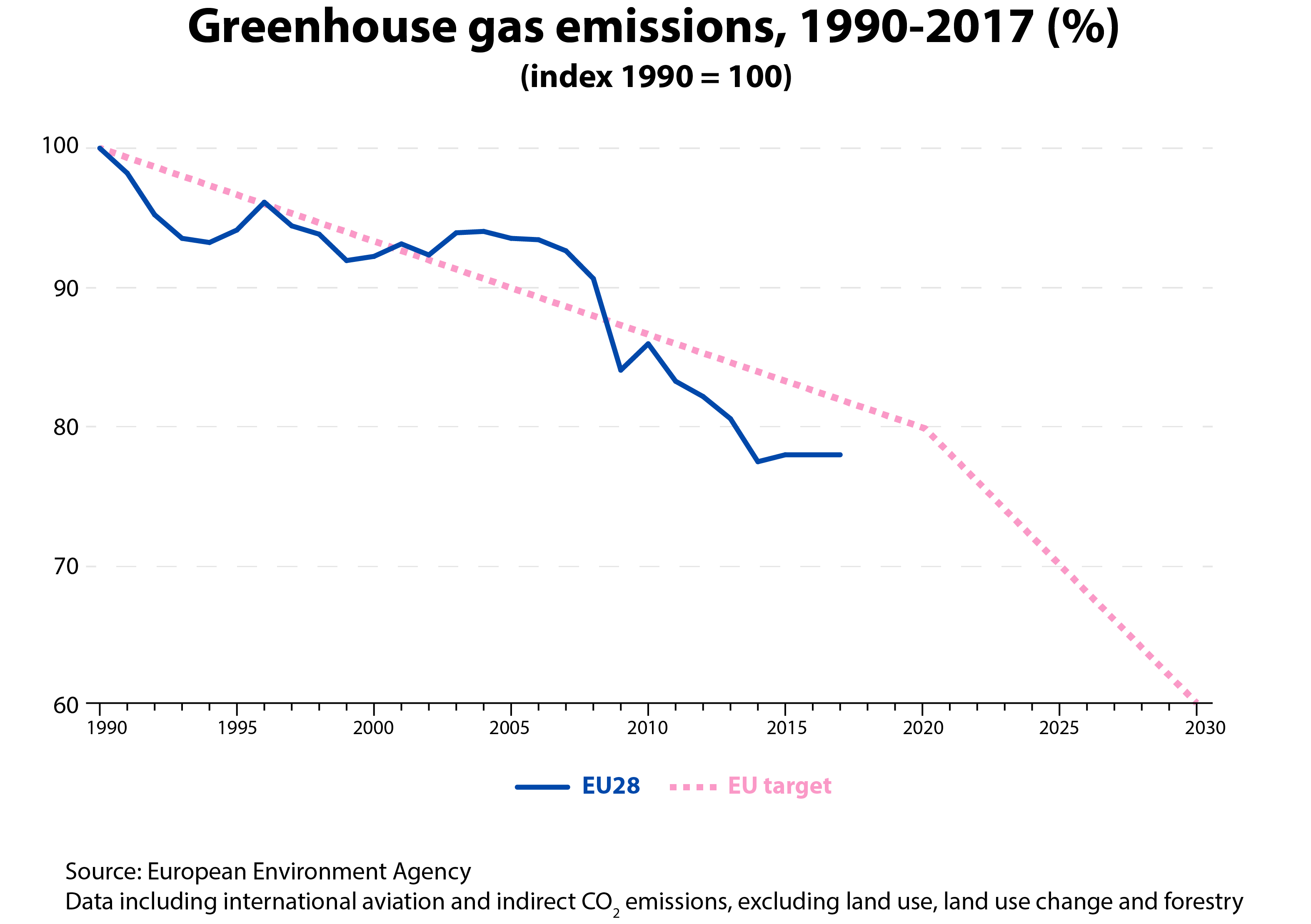



How Are Emissions Of Greenhouse Gases By The Eu Evolving




Explained Greenhouse Gases Mit News Massachusetts Institute Of Technology
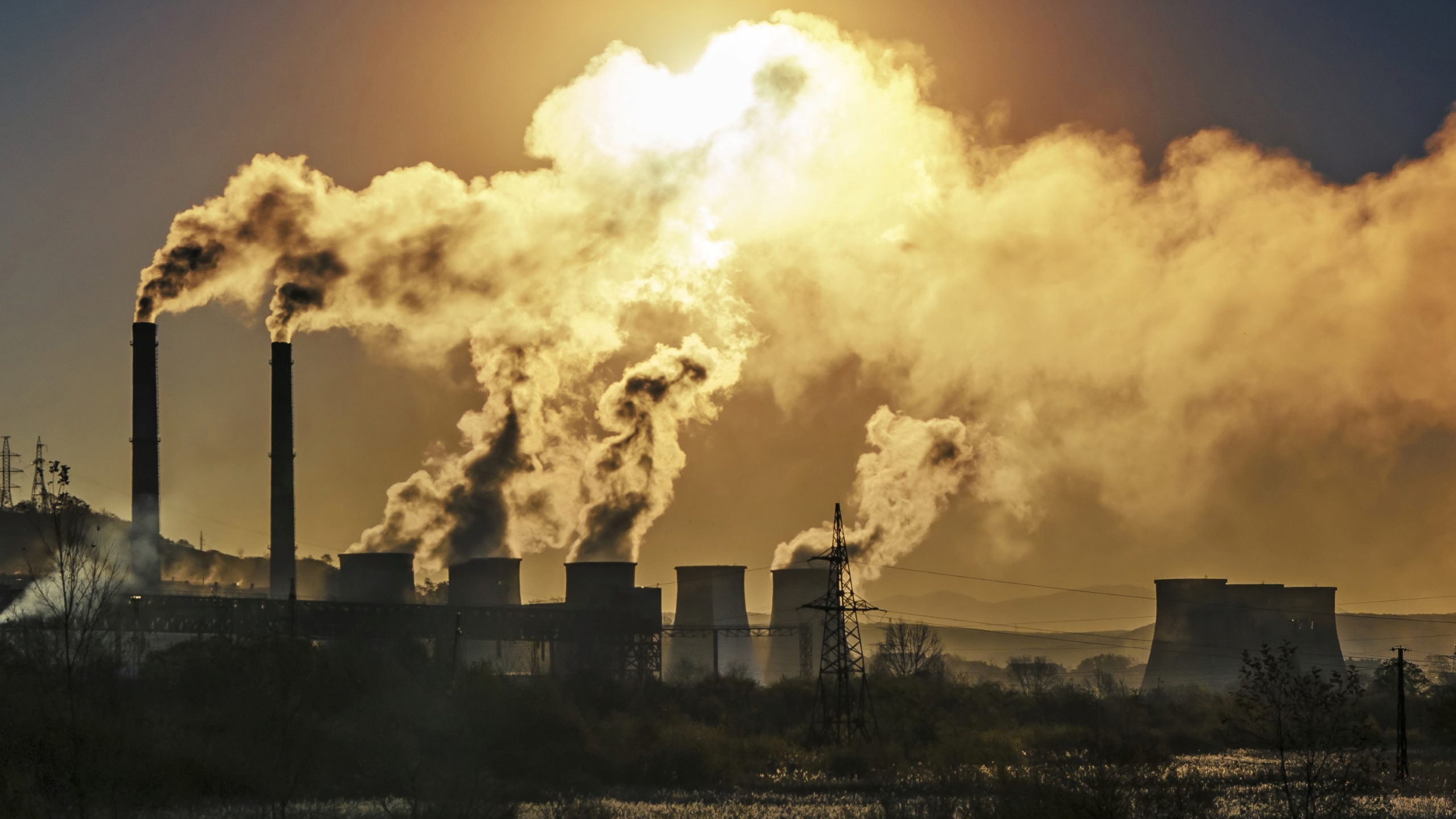



Greenhouse Gases Causes Sources And Environmental Effects Live Science




The Greenhouse Gases Airclim



Chart Europe S Biggest Greenhouse Gas Emitters Statista



Greenhouse Gas Emissions Our World In Data




Dark Greenhouse Gases Pie Chart Template
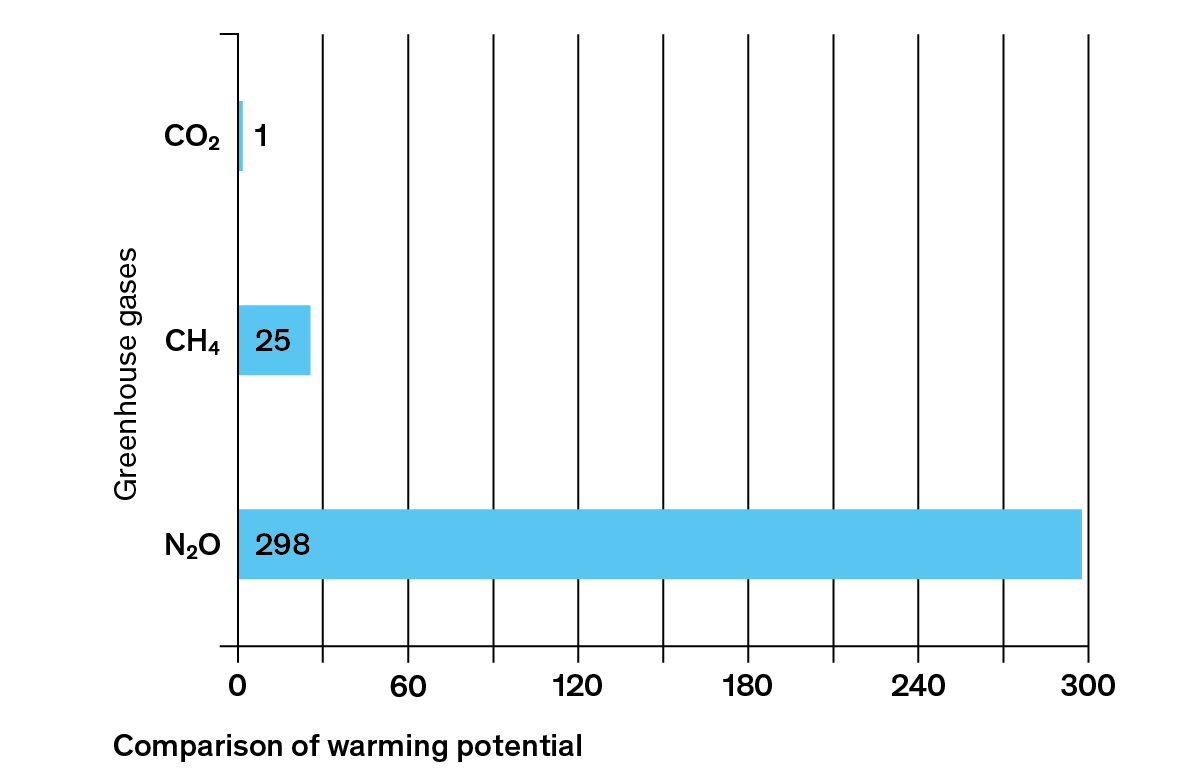



What Are Greenhouse Gases Myclimate
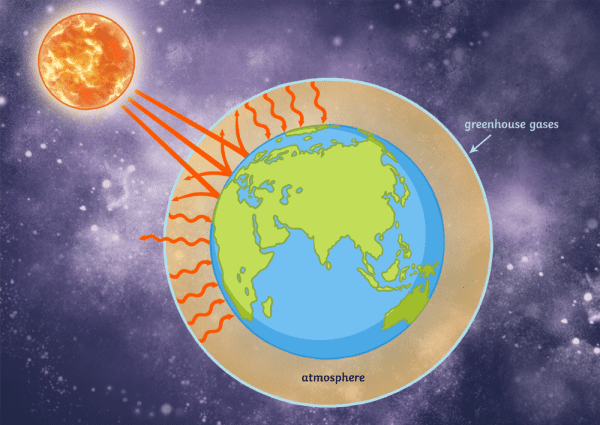



What Are Greenhouse Gases Answered Twinkl Teaching Wiki




190 Increase In Greenhouse Gas Emissions In Turkey Since 1990 Climate Scorecard




Indicator Greenhouse Gas Emissions Umweltbundesamt
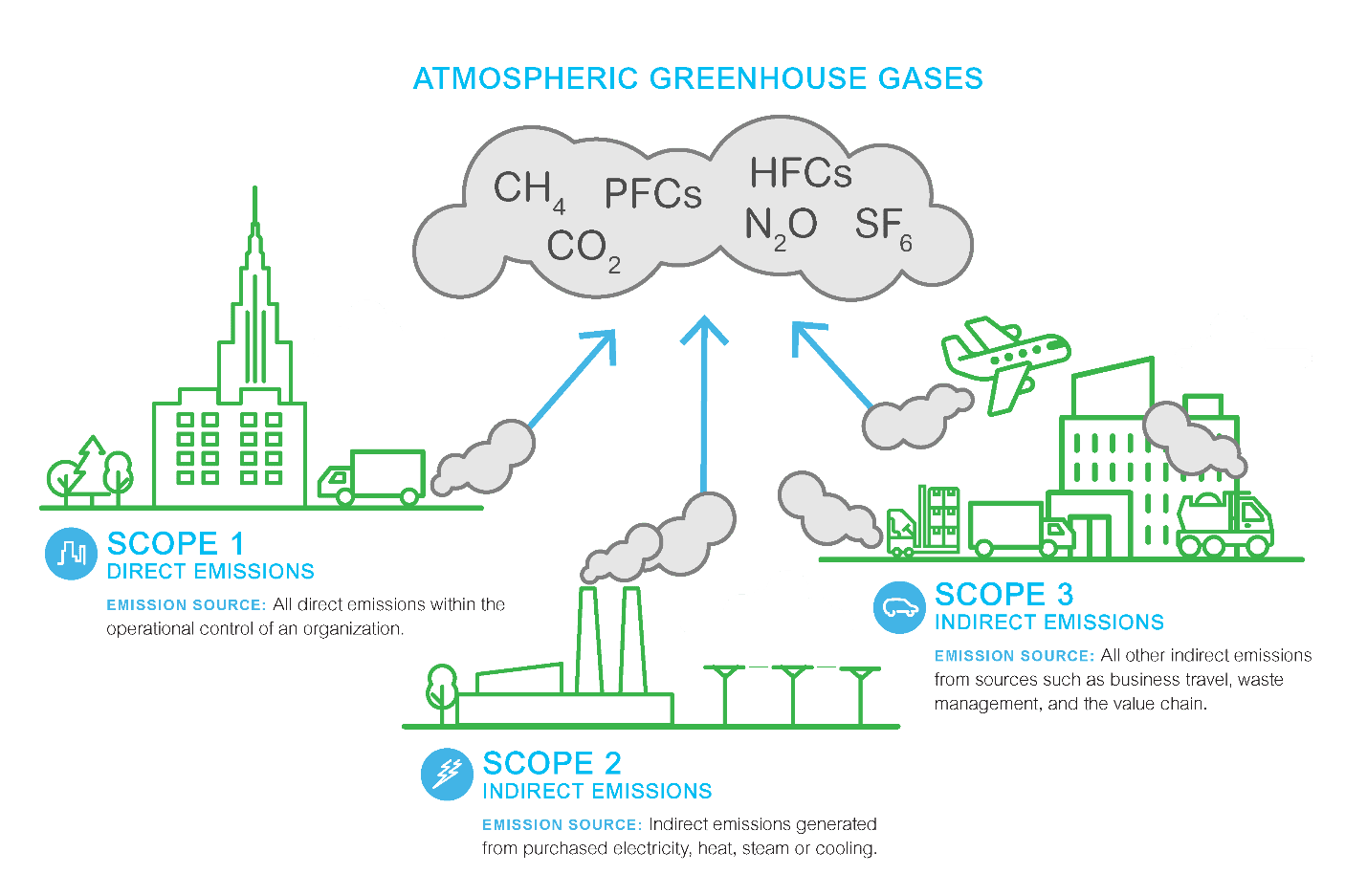



Innovative Technologies Enable Transition Away From Sf6 Greenhouse Gases



Greenhouse Gases




The Greenhouse Effect World101




Tool For Calculating Greenhouse Gases Ghg In Solid Waste Management Swm Ifeu Ggmbh



Atmospheric Greenhouse Gas Concentrations European Environment Agency
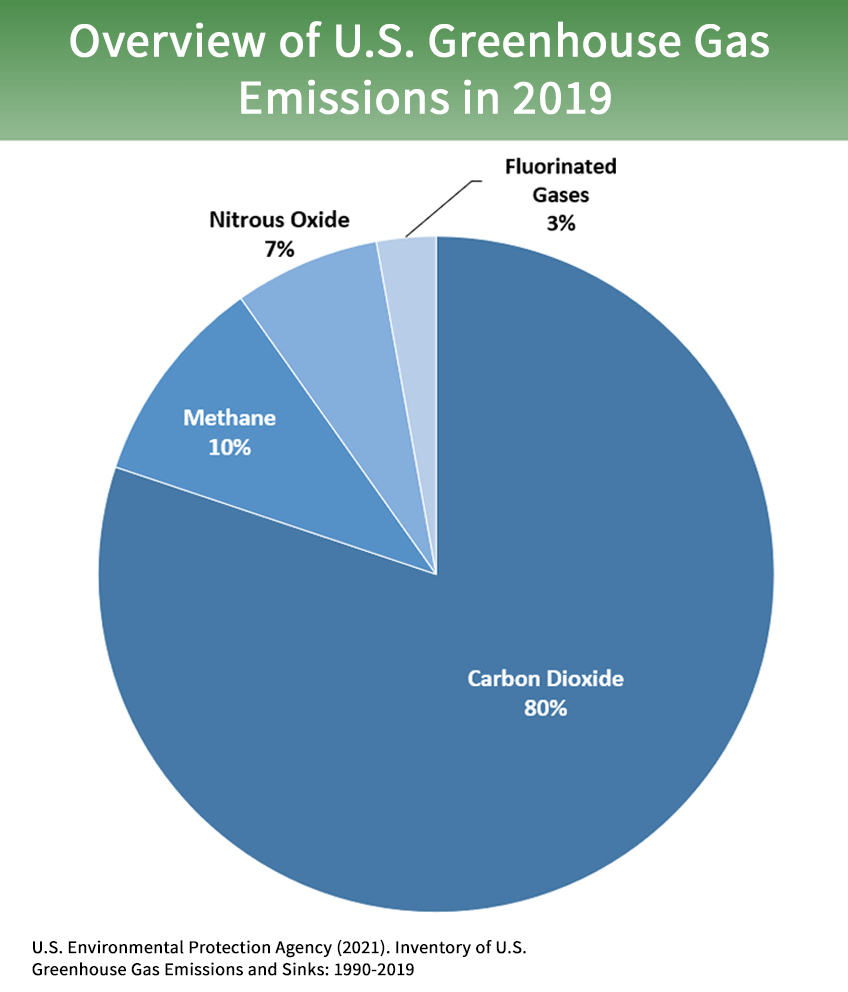



Overview Of Greenhouse Gases Us Epa




Greenhouse Gas Emissions On A Global Level And Seven Large Countries Download Scientific Diagram



Ozone



Greenhouse Gas Emissions From Transport In Europe European Environment Agency




Report China Emissions Exceed All Developed Nations Combined c News




Saudi Arabia Greenhouse Gas Emissions Have Increased By 225 Since 1990 Climate Scorecard




Greenhouse Gas Emissions Wikipedia




1 Major Greenhouse Gas Emissions And Contributions By Various Sectors Download Scientific Diagram




Removing Harmful Greenhouse Gases From The Air Using Energy From Plants Frontiers For Young Minds



Greenhouse Gases




Chart China Beats U S Europe In Combined Greenhouse Gases Statista




File Earth S Greenhouse Effect Us Epa 12 Png Wikimedia Commons
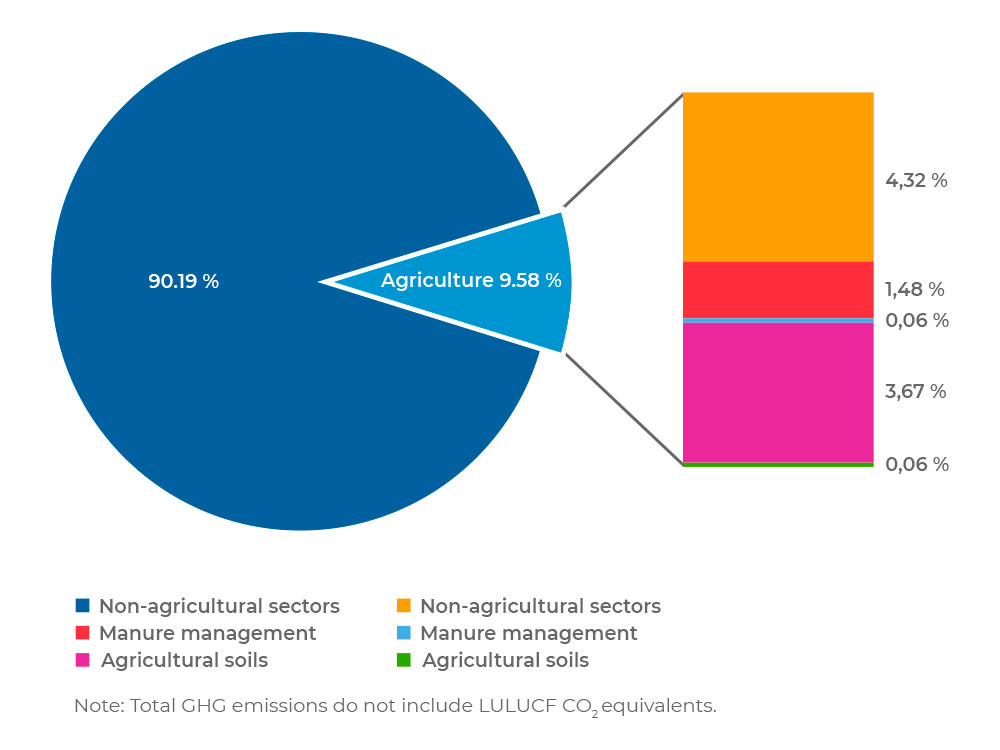



Greenhouse Gas Emissions In Agriculture Proterra Foundation
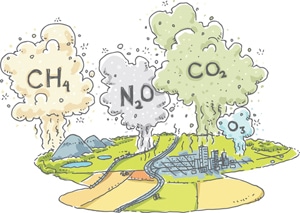



Greenhouse Gases And The Greenhouse Effect



Greenhouse Gas Concentrations Copernicus
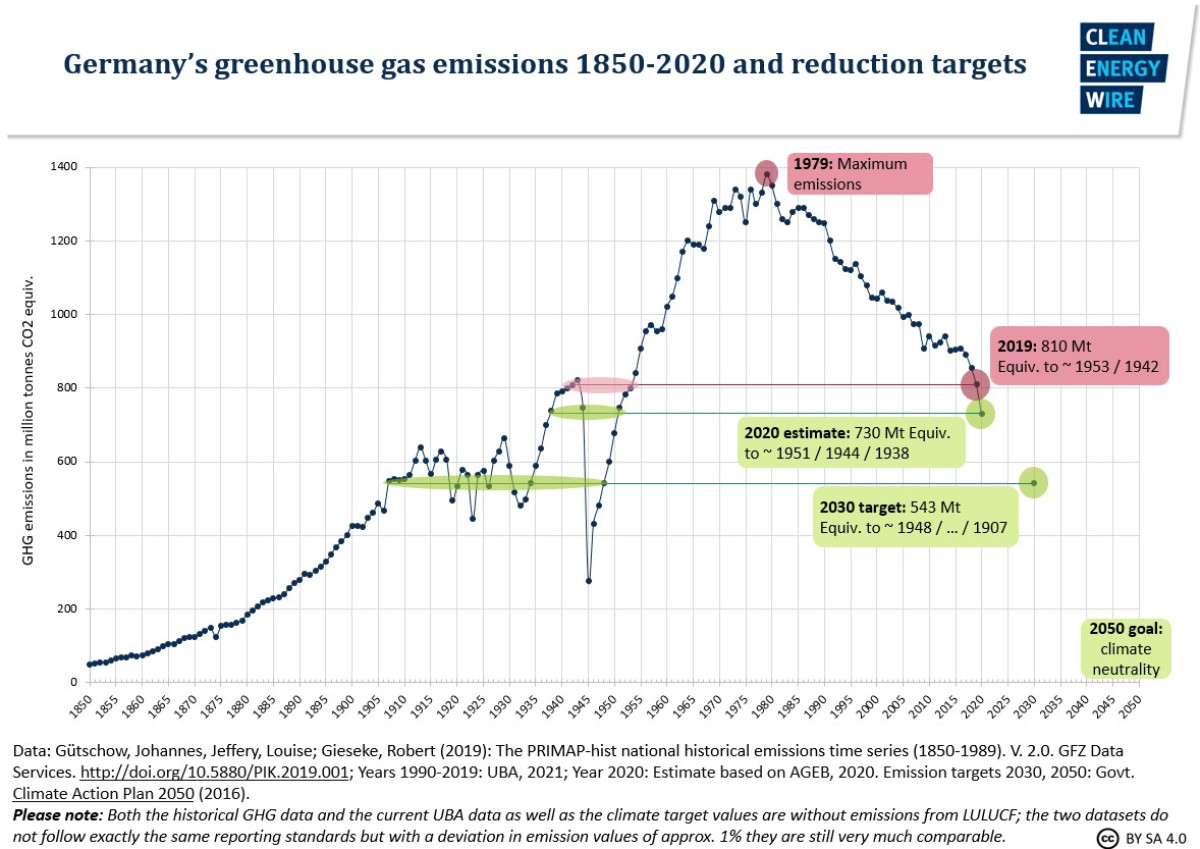



Germany S Greenhouse Gas Emissions And Energy Transition Targets Clean Energy Wire
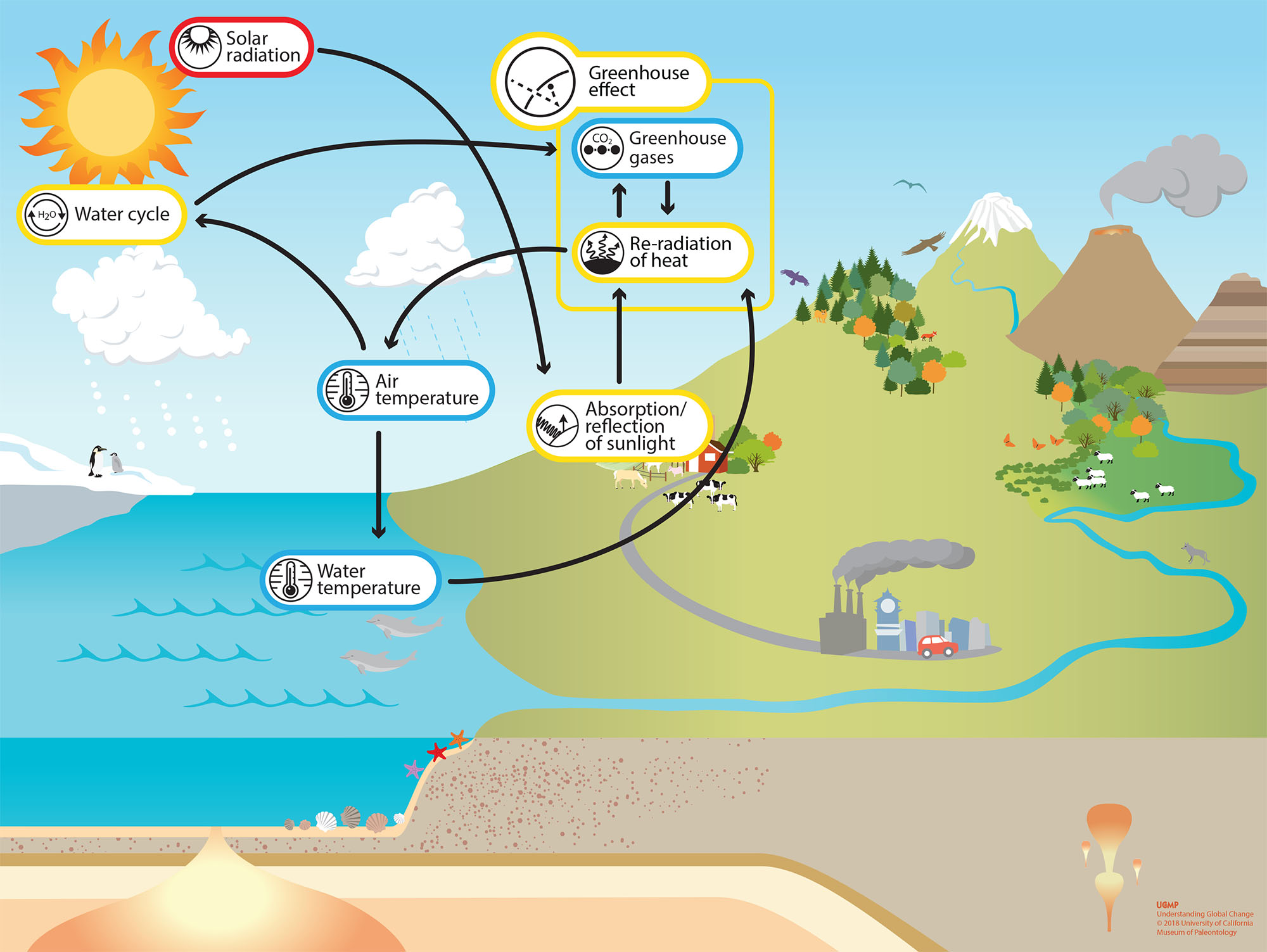



Greenhouse Effect Understanding Global Change
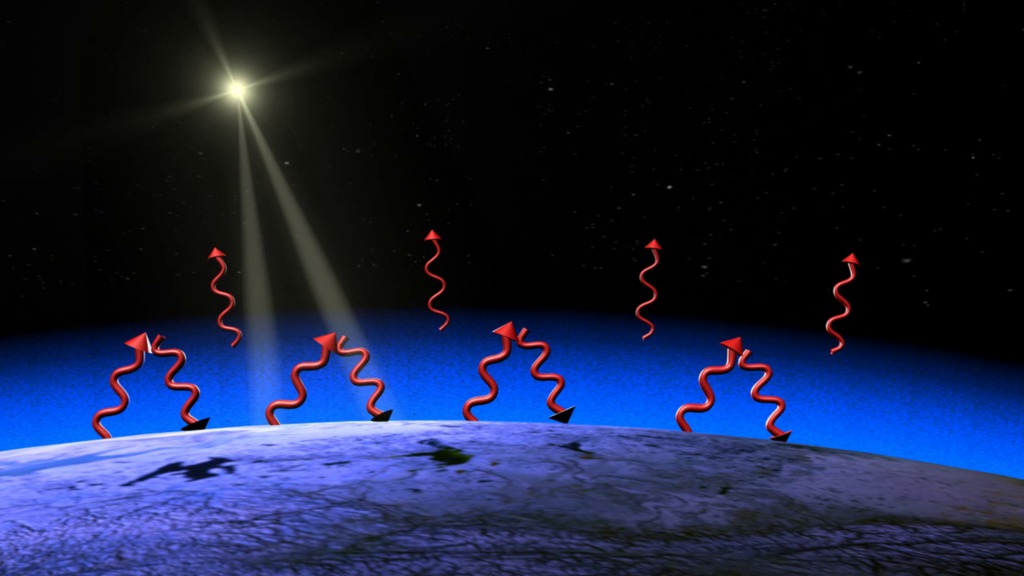



Cilab Greenhouse Gases Effect On Global Warming
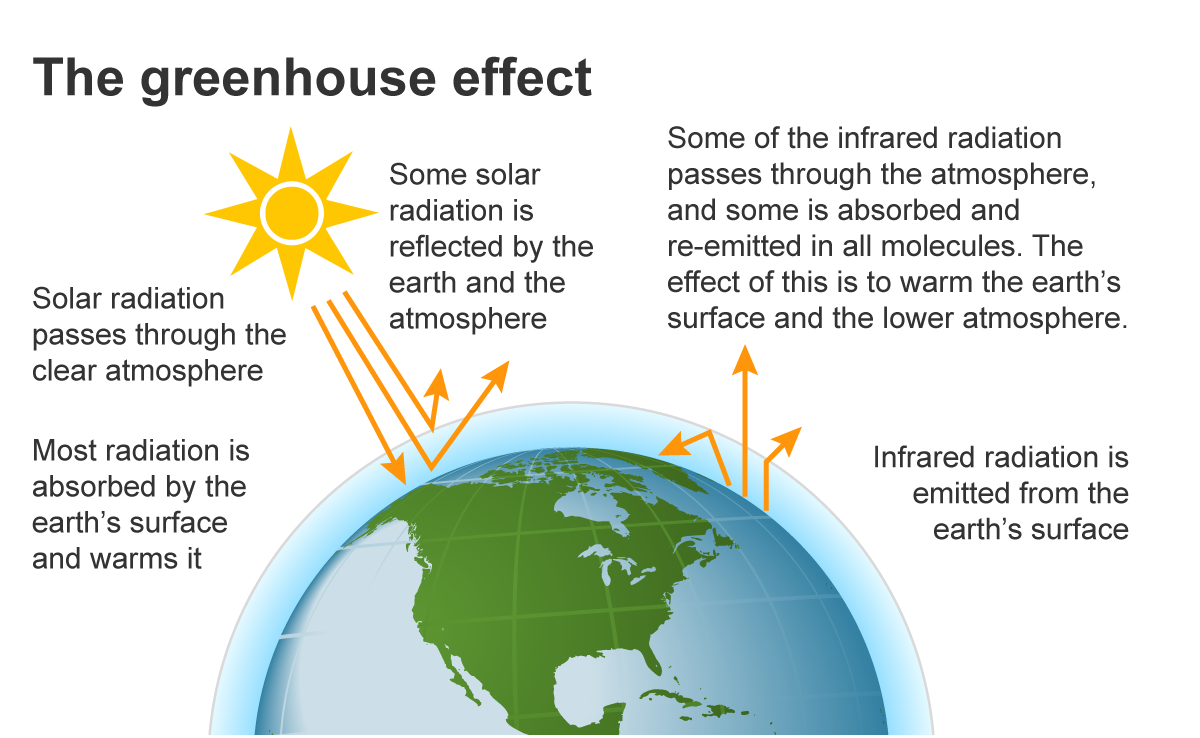



Greenhouse Gases U S Energy Information Administration Eia




Greenhouse Gas Emissions Are Set To Rise Fast In 21 The Economist




Overview Of Greenhouse Gases Us Epa
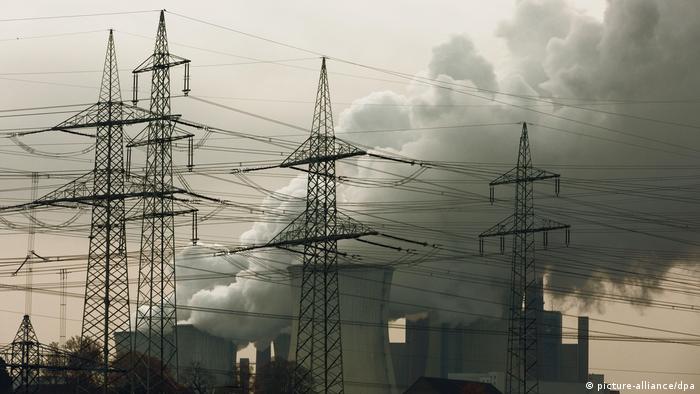



German Greenhouse Gas Emissions Fall For First Time In Four Years News Dw 02 04 19



Q Tbn And9gctoyncs8qyvzsnlf0ehywfdbiqsqkgodl5exlpxd0mjwanu7ugb Usqp Cau
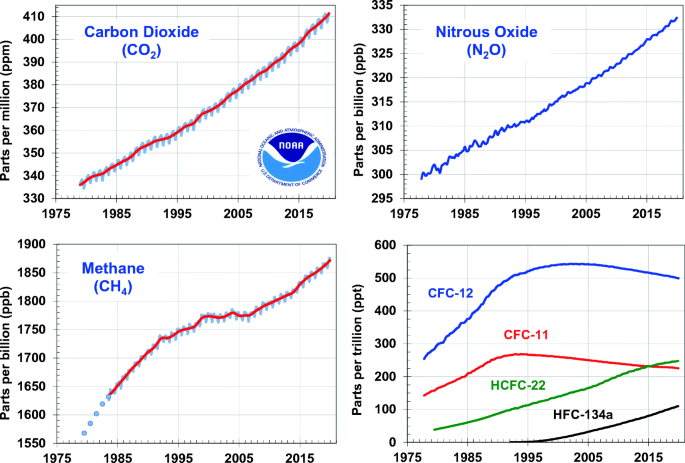



Observations Of Greenhouse Gases As Climate Indicators Springerlink




Greenhouse Gas Wikipedia



Greenhouse Gas Wikipedia
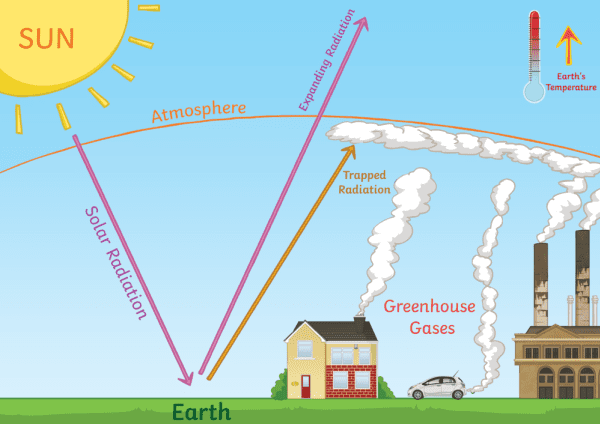



What Are Greenhouse Gases Answered Twinkl Teaching Wiki
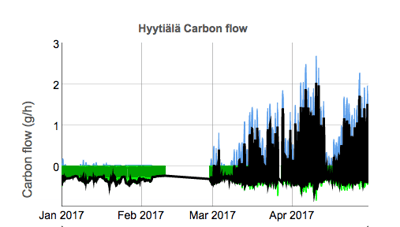



Impact Of Snow On Soil Greenhouse Gases




File Greenhouse Gas By Sector Png Wikimedia Commons




15 Sources Of Greenhouse Gases




What Are Greenhouse Gases Myclimate




Carbon Dioxide Methane Nitrous Oxide And The Greenhouse Effect Conservation In A Changing Climate



Atmospheric Greenhouse Gas Concentrations European Environment Agency



Rise Of Greenhouse Gases Concentration Compared With The Year 1750 European Environment Agency




Greenhouse Gases Effect On Climate Change Posts Facebook




15 Sources Of Greenhouse Gases




Uba Explanatory Video Greenhouse Gases And Greenhouse Effect Umweltbundesamt



Q Tbn And9gcqob5akx 2xithdb3seiv5jyef5ryrbg3xvzguy4p57lypo5m0p Usqp Cau



Greenhouse Gas Global Greenhouse Warming
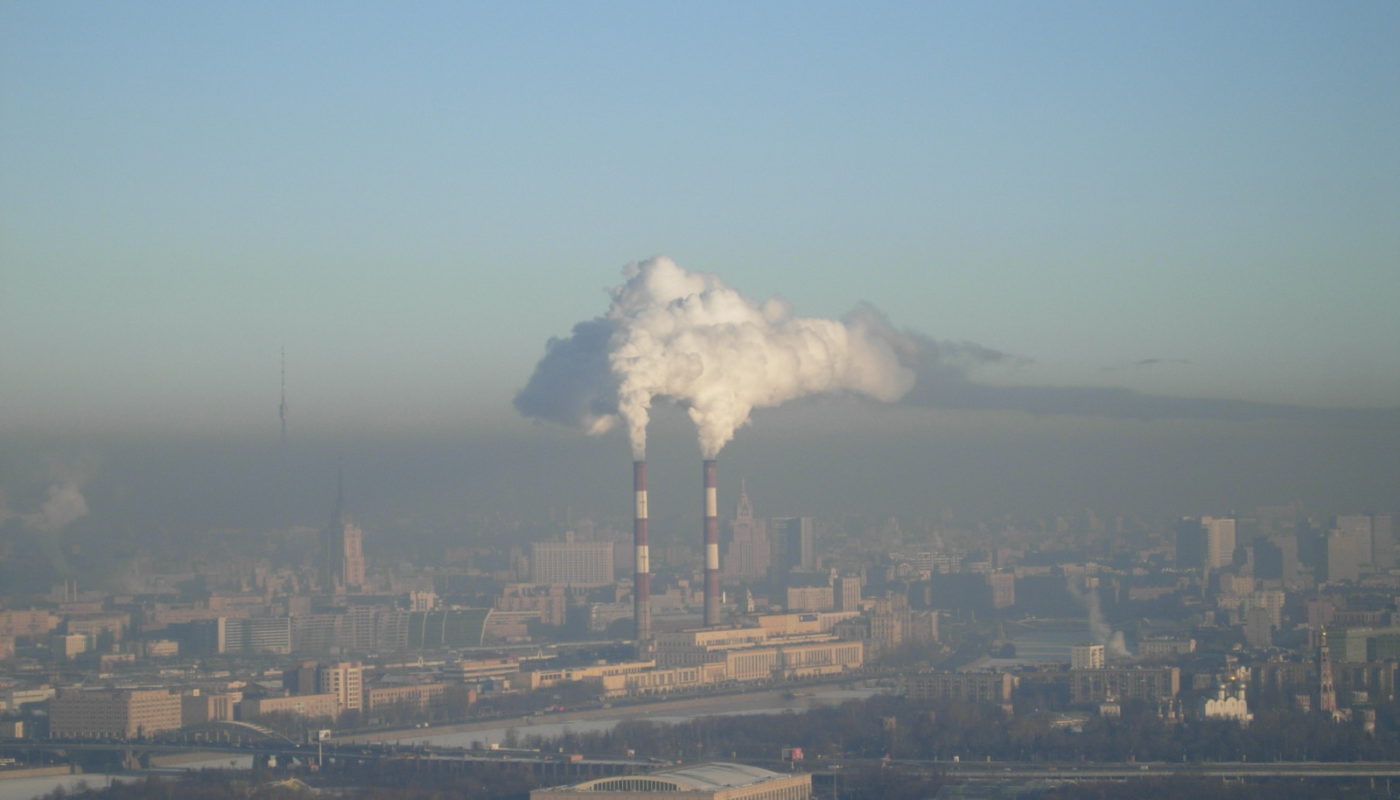



Geolog 1 Years Of The Greenhouse Effect




Greenhouse Effect 101 Nrdc



0 件のコメント:
コメントを投稿